Mobile temples of India that combine the visual and performing arts have a rich history that originate from almost every part of India. The immersive oral tradition of storytelling through scroll paintings is rooted in local mythology, practices, and beliefs. These oral traditions encompass varied forms of storytelling that include the rich visuals of local deities or localized versions of Ramayana, Mahabharata or Puranic stories that focus on a particular god or goddess. The stories are usually narrated by an expert priest catering to the village audience for whom these scroll paintings or wooden panels represent a mobile temple where they get to see and listen to the rich stories of mythological heroes or deities.
Phad paintings of Rajasthan
Phad paintings of Rajasthan are one of the famous mobile temple traditions that dates to seven hundred years. Phad, which means ‘to fold’ in the local language, conveys stories through the unfolding of the painting that contains different sections of stories of local deities. Originating from Bhilwara, Rajasthan by the Joshi family of the chitara community, who used to make these spectacular vast art pieces on cloth, commissioned by Bhopas and Bhopis. The colorful visual rendition is performed by the Bhopa (male priest) and Bhopi (female Priest) after the sunset, who would then sing and perform the immersive visual storytelling for the audience.
Like most folk arts, the rise of Phad paintings lies in the need to worship their local deities. Devnarayan and Pabuji are said to have been the local heroes of a pastoral tribe during the tenth to thirteenth centuries, who over a period came to be worshiped as deities by the nomadic tribes. The deities were believed to have protected the community and their animals from the evil forces of nature. The stories weaved and grew around the two deities, which led to the rise of mobile shrines by the Rebari tribe in the form of Phad paintings.

Pabuji, National Museum, New Delhi
Since the community, being nomads, was always on the move, the art performance and storytelling traveled with them from one village to another. The story of Pabuji became much more famous, unlike Devnarayan who amalgamated into mainstream Hinduism as the reincarnation of Vishnu.
Mata Ni Pachedi
Another mobile temple comes from western India’s Gujarat, called Mata Ni Pachedi. Started around three hundred years ago by the Vaghri community, the origin of this traditional art is deeply rooted in casteism and the exclusion of some communities from mainstream society. The semi-nomadic tribe, like many other castes, were restricted from entering the Hindu temples which made them invent their unique form of worship. They started painting their revered goddesses on the cloth which was hung as the backdrop in their semi-permanent wooden shrines since their nomadic nature did not allow them to be in one place for a longer period.
Rooted in the Shakti cult, the various goddesses are worshiped as a central figure, flanked by other significant figures. It is interesting to see the diverse goddesses that are painted on a cloth. In addition to the Vaghri community’s important local goddesses, Vishat Mata, Vahanvati Mata, worshiped by traders and seafarers, Hindu goddesses such as Durga and Kali are also represented on the cloth. Like Phad paintings of Rajasthan, the worship of goddesses here is done to save them from any sudden onset of nature’s havoc, like the protection of cattle and harvest from any natural disaster.
Kavad
Like the Phad paintings, another rich oral tradition of storytelling comes from Rajasthan called Kavad. The vibrant art of Kavad is four hundred years old and was started by the Kumawats, artisans based in Bhilwara, Rajasthan. The origin of the Kavad tradition is embedded in the mythological tale of Shravan in Ramayana. According to this, after Dashratha accidentally kills Shravan while he was carrying his blind parents in a ‘kavadi’, the latter asks King Dashratha to bring gods to his parents to worship, this is where the mobile wooden temples of Kavad originated.
 In this colorful art, different painted wooden panels, depicting stories from mythology, saintly figures, patrons, or local heroes are put together by the Suthar community (carpenters and artists). The whole shrine is flanked by the image of the Sun flanked at the top, followed by the narrative stories. These are then taken to the homes of jajmans (audience) by the kavadias or storytellers. The storytelling comes alive when the wooden mobile shrine is slowly unfolded as the storytelling by kavadias flows simultaneously with the rich colorful depictions.
In this colorful art, different painted wooden panels, depicting stories from mythology, saintly figures, patrons, or local heroes are put together by the Suthar community (carpenters and artists). The whole shrine is flanked by the image of the Sun flanked at the top, followed by the narrative stories. These are then taken to the homes of jajmans (audience) by the kavadias or storytellers. The storytelling comes alive when the wooden mobile shrine is slowly unfolded as the storytelling by kavadias flows simultaneously with the rich colorful depictions.
 Despite being highly rich in performative and oral tradition, these visual art forms are fading away. With the onset of other entertainment methods, these folk traditions are losing their audience. Moreover, the traditional practitioners and artists are not able to continue due to lack of market for the artforms. Though the awareness about these has grown among the masses but only as a hobby and not as a serious pursuit of artforms. These mobile shrines are still confined to the regional places from where they originated. One way to popularize them is to introduce them in art galleries and museums to convey the importance of these historically rich art traditions.
Despite being highly rich in performative and oral tradition, these visual art forms are fading away. With the onset of other entertainment methods, these folk traditions are losing their audience. Moreover, the traditional practitioners and artists are not able to continue due to lack of market for the artforms. Though the awareness about these has grown among the masses but only as a hobby and not as a serious pursuit of artforms. These mobile shrines are still confined to the regional places from where they originated. One way to popularize them is to introduce them in art galleries and museums to convey the importance of these historically rich art traditions.
- Sarmaya. “Inside the Magical World of Rajasthan’s Phad Paintings - Sarmaya,” January 24, 2021. https://sarmaya.in/spotlight/inside-the-magical-world-of-rajasthans-phad-paintings/.
- MAP Academy, “Phad Painting - MAP Academy,” July 26, 2023, https://mapacademy.io/article/phad-painting/.
- Sarmaya. “Mata-ni-Pachedi: History of Gujarat’s Moving Shrines - Sarmaya,” February 8, 2024. https://sarmaya.in/guides/mata-ni-pachedi-history-of-gujarats-moving-shrines/.
- MAP Academy. “Mata Ni Pachedi - MAP Academy,” December 9, 2023. https://mapacademy.io/article/mata-ni-pachedi/.
- Google Arts & Culture. “Kavad Art - Google Arts & Culture,” n.d. https://artsandculture.google.com/story/kavad-art-dastkari-haat-samiti/uwVh5jCFtXslLg?hl=en.
- Akanksha. “Kavad Art of Rajasthan: An Epitome of Narrative Craftsmanship - EBNW Story.” EBNW Story, May 18, 2023. https://ebnw.net/art-craft/kavad-art-of-rajasthan-an-epitome-of-narrative-craftsmanship/.















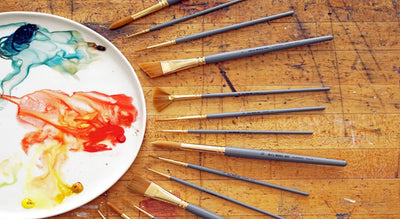
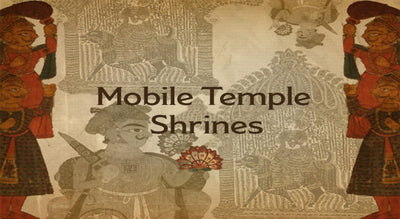
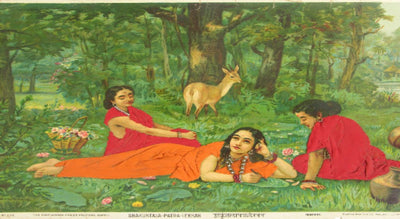
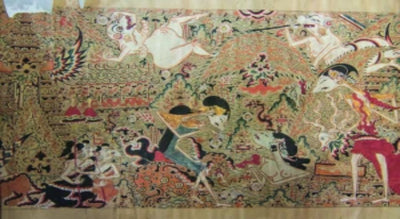
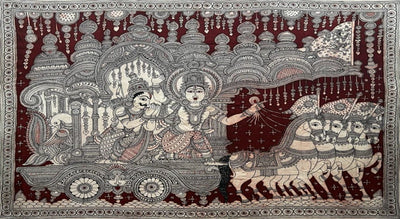
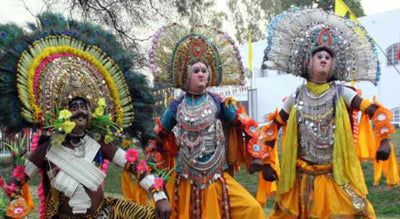
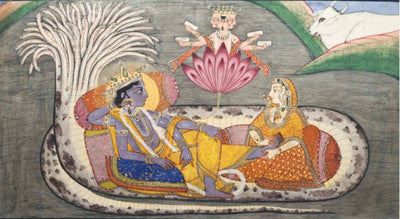
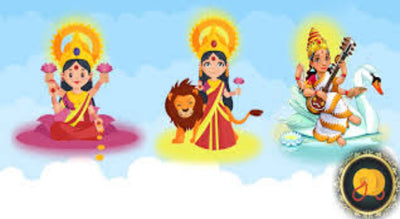
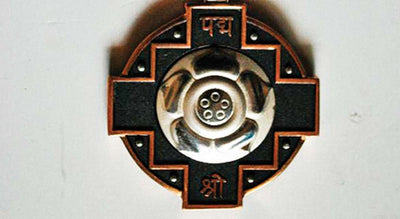

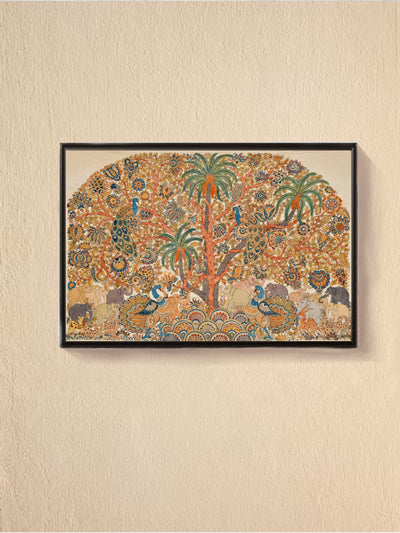







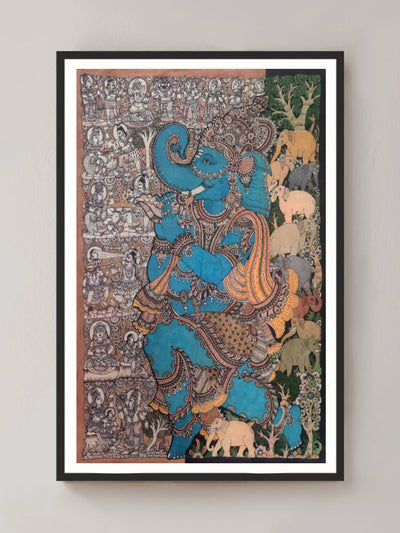








0 comments